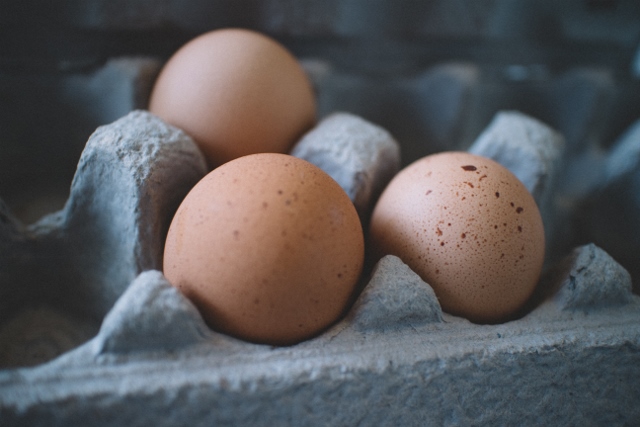The price of eggs, one of the items on Nicaragua’s Canasta Basica (basic basket) reached 8 Córdobas (23 cents US) each in Managua last week.
Pulpería’s (corner stores) were complaining that a “flat” of 30 eggs, known as a cajilla, had increased steadily by 15 to 20 Córdobas since the end of last year (2020).
Eggs, as with most countries are very much a staple item in Nicaragua and the pricing comes under close scrutiny along with rice and beans and other benchmark items. The pulpería’s are on the front line when it comes to price increases. With little or no bargaining power as far as wholesale prices, the pulpería’s have no choice but to immediately pass on any increase to the customer. That person often lives in the same street and is likely a daily shopper.
Depending on the region, eggs were being sold at pulpería’s for between 6 and 8 Córdobas depending on the size.
A daily market survey by the Information System of Agricultural Products in Markets (SIMPAH) shows small brown eggs were selling for 135 Córdobas a flat of 30 and large brown were 145. White eggs were the same price, between 4.5 and 5 Córdobas per egg.
Most egg distributors were blaming the higher prices on an increase in chicken feed. The director of the Consumer Defense Institute (INDEC) has asked the Ministry of Development, Industry and Commerce (MIFIC) to permit the importation of Honduran eggs, a move designed to lower the overall cost of eggs.
Note; The Canasta Basica is a list of 53 items a Nicaraguan family of 5 (3 of them working) goes through every month. Although the products on the list have become outdated since its inception in 1988, it’ often quoted as a benchmark when discussing consumer prices and wages.
Trivia; There is no difference between white and brown eggs. Brown eggs do cost more to produce because the red/brown feathered birds are larger and require more food to get them from an egg themselves to a laying bird. The thinner the shell the younger the bird, the thicker the shell the older. The deeper yellow the yolk is the better the chicken was fed.







